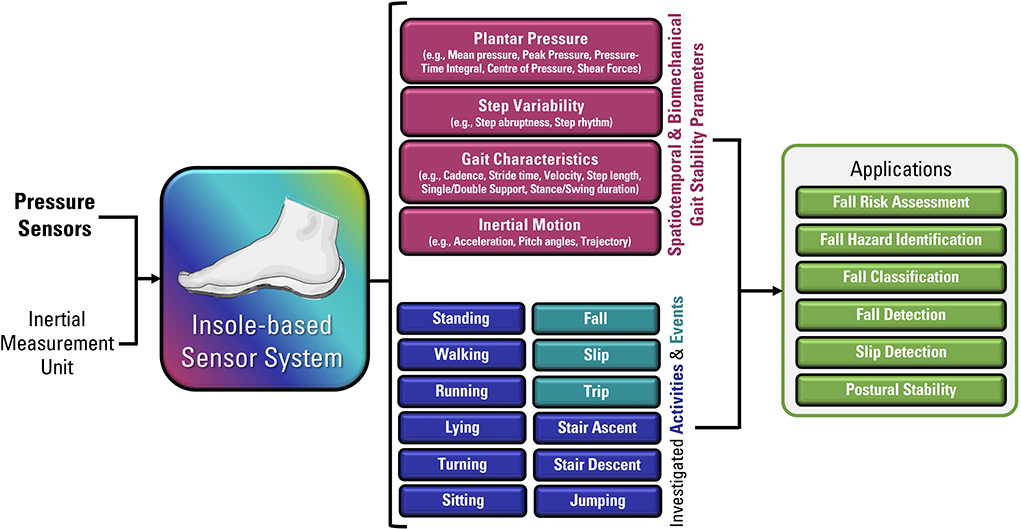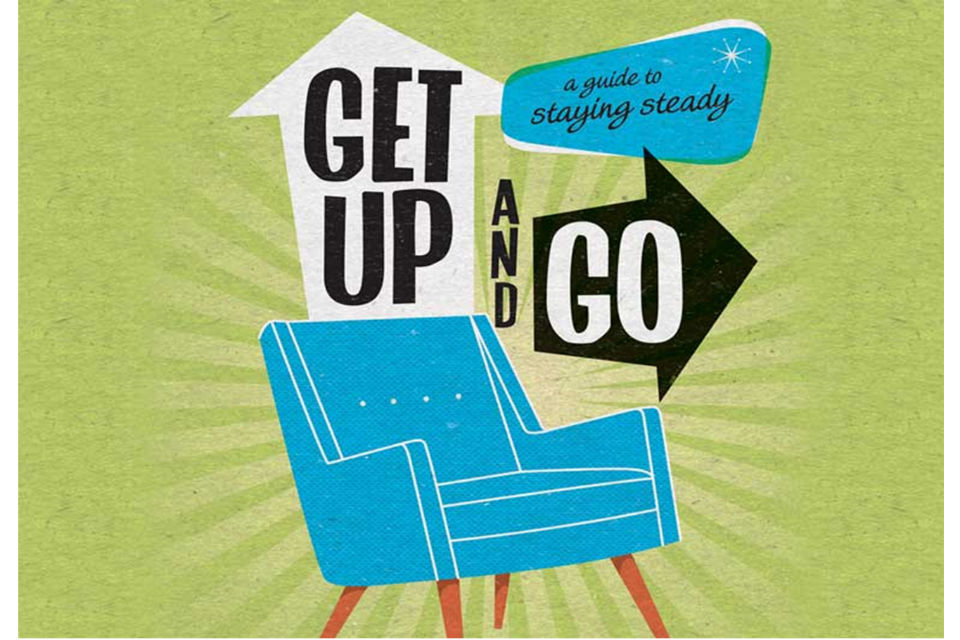6 Simple Techniques For Dementia Fall Risk
Some Of Dementia Fall Risk
Table of ContentsGetting The Dementia Fall Risk To WorkThe Single Strategy To Use For Dementia Fall RiskThe Main Principles Of Dementia Fall Risk The Dementia Fall Risk DiariesThe 6-Minute Rule for Dementia Fall Risk
You could be anxious due to the fact that you have actually had a fall prior to or because you've discovered you're beginning to really feel unsteady on your feet. You may have seen adjustments to your wellness, or just feel like you're reducing down a little. Whatever the factor, it isn't unusual to become cautious and lose confidence, and this can quit you doing things you used to do and make you really feel much more separated.If you've had a fall or you've started to feel unstable, tell your physician even if you feel fine otherwise. Your physician can check your balance and the means you walk to see if enhancements can be made. They may have the ability to refer you for a drops threat assessment or to the drops prevention service.
This details can be gotten with interviews with the person, their caregivers, and a testimonial of their clinical documents. Begin by asking the private concerning their background of falls, including the regularity and scenarios of any recent drops. Dementia Fall Risk. Ask about any movement issues they might experience, such as unstable or trouble walking
Conduct a complete testimonial of the person's medicines, paying certain focus to those recognized to boost the threat of falls, such as sedatives or medicines that lower high blood pressure. Identify if they are taking multiple drugs or if there have been current adjustments in their drug routine. Assess the person's home setting for prospective hazards that can increase the threat of falls, such as bad lighting, loose rugs, or absence of grab bars in the bathroom.
The smart Trick of Dementia Fall Risk That Nobody is Discussing
Overview the person through the fall threat analysis form, discussing each inquiry and videotaping their reactions precisely. Make certain that the private recognizes the purpose of the assessment and really feels comfy giving honest solutions. Determine the complete risk score based on the actions offered in the assessment form. Determine the individual's threat category (reduced, tool, or high) based upon the overall rating and the existence of automated risky standing aspects.
Frequently check the individual's progress and reassess their risk of drops as required. Supply recurring education and learning and assistance to promote security and decrease the threat of falls in their daily living tasks.
Several studies have shown that physical therapy can assist to minimize the danger of dropping in adults ages 65 and older. In a new study (that took a look at falls threat in women ages 80 and older), scientists determined the financial influence of selecting physical treatment to avoid drops, and they found that doing so saves $2,144, consisting of all the hidden costs of your time, discomfort, missed out on life occasions, and the dollars paid for solutions.
Facts About Dementia Fall Risk Uncovered
Inspecting your heart rate and blood stress measurements at rest and while you change placements (from sitting or lying to standing). A straightforward examination of your thinking (cognitive) capabilities. Examining your equilibrium, stamina, and walking ability. An easy Check This Out vision examination. Evaluating your feet and footwear. A home safety and security evaluation. Based upon the examination results, your physiotherapist will create a strategy that is customized to your specific needs.
Older adults who have difficulty walking and chatting at the same time are at a greater risk of falling. Dementia Fall Risk. To assist increase your safety during daily activities, your physiotherapist may create a training program that will certainly test you to maintain standing and walking while you do another job. Instances include walking or standing while counting in reverse, having a conversation, or bring a bag of grocery stores
Your physical specialist additionally can determine which activities you need to prevent to remain risk-free. Community-based drops avoidance programs aid individuals to: Lower their worry of dropping. Establish goals for increasing their physical activity. Make their homes more secure. Work out a lot more to raise Clicking Here their toughness and read more balance. These programs commonly are led by volunteer trainers.
Some Known Questions About Dementia Fall Risk.

Measles, or rubeola, is a very infectious, severe viral contagious condition caused by the measles infection. Some people think about measles as just a rash and fever that clears up in a couple of days; nonetheless, measles can trigger significant health and wellness issues, specifically in youngsters younger than 5-years-old. The very best protection versus measles is the measles, mumps, and rubella (MMR) vaccination.
Autumns are a common reason for injury amongst older grownups. According to the CDC, in one year alone, fall-related injuries added to over $50 billion in clinical costs (Dementia Fall Risk). In medical facility settings, older adults are at especially high danger of falls due to the fact that their lowered mobility from being confined to a room or bed.
The 2-Minute Rule for Dementia Fall Risk

She has a case history of seizure problem and hypertension. She is getting an IV infusion and taking Gabapentin and Lasix. She has no background of drops, her stride is steady, and she nullifies without concerns. The previous registered nurse states that she requires help to the bathroom when she needs to go.
Examples of typical fall interventions/measures include: Making certain a person's essential items are within reach. Putting the patient's bed rails up with the alarm system on. Helping an individual while they're standing up from bed. Past recognizing exactly how to use the Johns Hopkins Fall Threat Analysis Device, it is necessary that facilities integrate its use right into a more comprehensive autumn prevention strategy.